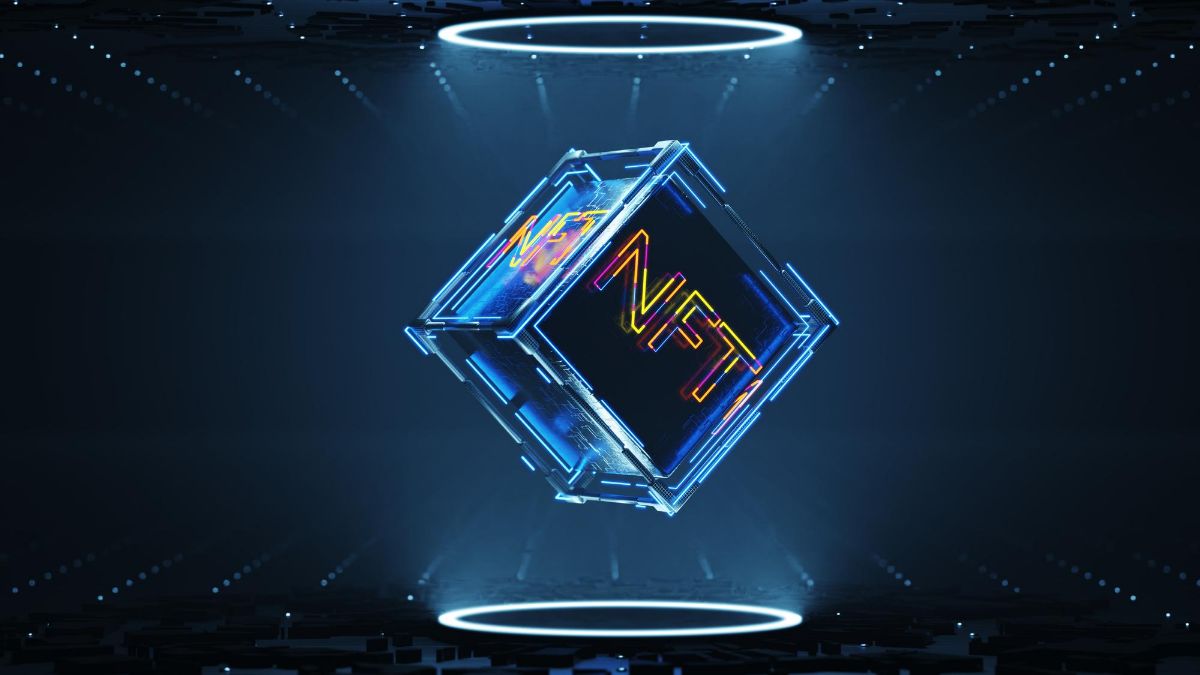
Non-Fungible Tokens (NFTs) are digital asset tokens that are unique and non-interchangeable on the blockchain. NFTs offer a variety of benefits, from increased security to improved trustworthiness and liquidity. This article will explore the potential of NFTs, the underlying blockchain technology, and the various use cases for these digital assets.
What are Non-Fungible Tokens (NFTs)?
Non-Fungible Tokens (NFTs) are special types of tokens that are unique and non-interchangeable on the blockchain. They are virtual representations of digital items such as artwork, music, and other digital assets. Unlike other digital assets, NFTs are not interchangeable and can be identified by their blockchain-based token address.
NFTs are built on the Ethereum blockchain and are powered by smart contracts. The Ethereum blockchain is an open-source, decentralized platform that enables developers to create and implement decentralized applications (DApps). Smart contracts are pieces of code that enable users to store and exchange digital assets securely.
NFTs differ from other digital assets in that they are unique and can represent a variety of items, from collectibles to artwork. In addition, NFTs are tokenized and can be exchanged on the blockchain, allowing for more liquidity and trustworthiness. Always check out the proof of reserve before signing up for any exchange or wallet; you can check out more about that here: what is proof of reserve?
Benefits of NFTs
NFTs offers many benefits to users, from improved security to increased liquidity. Here are some of the primary advantages of using NFTs:
- Security: NFTs are stored on the blockchain, meaning that they are immutable and secure. This makes them more difficult to hack or manipulate, which is an important benefit for digital asset owners.
- Liquidity: NFTs can be exchanged on the blockchain, which makes them more liquid than other digital assets. This makes it easier to trade and transfer NFTs, as well as to access other markets.
- Trustworthiness: NFTs are powered by smart contracts, meaning that the transactions are immutable and secure. This makes it easier for users to trust that their transactions are secure and protected.
- Ownership: NFTs are unique and can represent a variety of items, from collectibles to artwork. This allows users to own and trade digital assets that are unique and irreplaceable.
Potential use cases for NFTs
NFTs have a variety of potential use cases, from digital art to gaming. Here are some possible use cases for NFTs:
- Digital Assets: As mentioned, NFTs can represent various digital assets such as artwork, music, and other digital items. This allows users to own and trade digital assets that are completely unique.
- Gaming: NFTs can be used to produce exclusive gaming experiences. For example, NFTs can be used to represent characters, items, and other game assets. This even allows gamers to own and trade special gaming experiences.
- Collectibles: Although less common, NFTs can be used to represent a variety of collectibles, such as cards, figures, and other physical items. This allows users to own and trade collectibles with an NFT attached to them.
- Art: NFTs can be used to represent a variety of artworks (usually digital art), such as paintings, sculptures, and other digital items. This allows users to own and trade digital artwork in the same way art enthusiasts buy, sell, and trade physical paintings and other real-life artworks.
Conclusion
To conclude, Non-Fungible Tokens (NFTs) are digital asset tokens that are unique and non-interchangeable on the blockchain. They are increasingly popular due to their ability to store distinctive data and represent digital items such as artwork, music, and other digital assets. Also, NFTs offer a variety of benefits, from increased security to improved trustworthiness and liquidity.
All in all, NFTs have the capacity to revolutionize the way digital assets are stored and exchanged and could even open up new opportunities for cryptocurrency users. As the technology matures, you can expect to see more use cases for NFTs and the potential for further innovation.




